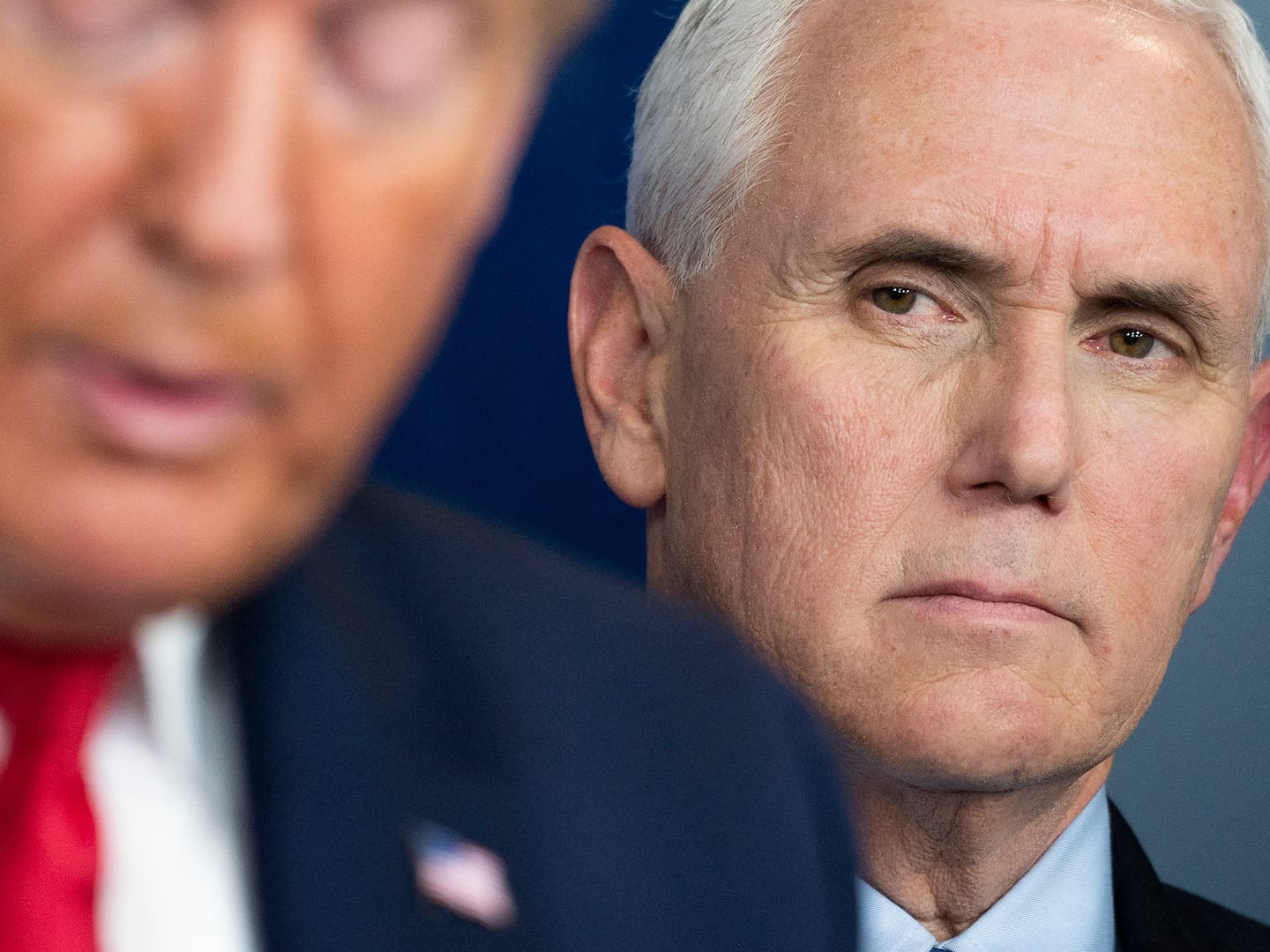The conflict between the U.S. and Russia over the Ukraine is escalating rapidly. But the warfare is mostly rhetorical and financial.
Earlier this month, after the U.S moved to impose sanctions on top Russian officials and bar Russia from the G-8, Russia’s stock market plummeted and the value of its currency, the ruble, fell against the dollar. In response, Putin adviser Serge Glazyev said Russia would strike back through financial means. “We hold a decent amount of Treasury bonds—more than $200 billion—and if the United States dares to freeze accounts of Russian businesses and citizens, we can no longer view America as a reliable partner,” Glazyev said earlier this month, per this Barron’s report. “We will encourage everybody to dump U.S. Treasury bonds, get rid of dollars as an unreliable currency, and leave the U.S. market.”

And new data released this week suggests there might be some action behind this rhetoric.
Here’s what happened: Russia’s central bank, like every other, has a lot of dollars. It’s not because we have a huge trade relationship, but rather because people around the world pay for oil—one of Russia’s main exports—in the U.S. currency. “They get paid for their oil in dollars,” said David Solin, a partner at Foreign Exchange Analytics in Essex, Connecticut. Russia takes those dollars and buys safe U.S. government bonds. Those bonds in turn are held in custody accounts at the New York Federal Reserve Bank in lower Manhattan. The Fed keeps the account secure and makes sure investors get their interest payments. (Many foreign central banks also keep their gold in the basement of the New York Fed.)
Every Wednesday afternoon, the Fed releases data showing the aggregate amount of Treasury securities that sits in those account. And typically, they rise over time. Because the U.S. runs deficits, it creates hundreds of billions of government bonds every year. And foreign central banks are reliable buyers of this debt. Over the course of the 2013, the sum rose from $2.885 trillion to about $3.02 trillion, an increase of about $130 billion.
But in the last couple of weeks, there’s been a sharp, unexpected drop in the amount of U.S. government bonds the Fed is holding for foreign accounts. From $3.02 trillion in December, the total fell to $2.973 trillion on February 26, to $2.959 trillion on March 5, and $2.855 trillion on March 12. That’s a decline of $104 billion in one week, or 3.5 percent, and a fall of $118 billion in two weeks. According to the Wall Street Journal, total foreign Treasury holdings at the Fed are at a 15-month low. (The releases can be seen here.)
That’s anomalous.
The New York Fed doesn’t divulge information on individual accounts and countries, and won’t comment. But the Treasury Department’s Treasury International Capital system tallies foreign ownership of U.S. debt by country. In January, Russia, according to this data, had about $165 billion in U.S. government bonds. Unfortunately, TIC reports have a six-week time lag. So we won’t get data on Russia’s March holdings until two months from now.
Now, the decline in custody holdings over the last couple of months is roughly equal to Russia’s holdings as of January. And no other central bank has announced a dramatic shift in its holdings of U.S. government debt.
That leaves two possibilities. Either Russia sold the bonds, and converted the cash back into rubles, Euros, or another currency. Or, it simply moved the bonds away from the Fed to a different custodial account—in Russia, or in the Cayman Islands, or in some offshore banking center where it would be impossible for the U.S. to freeze it.
Analysts say the latter seems more likely. “It all points to a transfer to custodial holdings offshore, rather than a sale,” said Win Thin, global emerging markets at Brown Brothers Harriman in New York. “If the Russians had dumped the bonds, you would have seen more of a reaction in the bond market.” But over the last couple of weeks, Treasury yields have remained very low.
We would have also expected for a huge sale to create a big ripple in the currency markets. Selling a lot of dollar-denominated assets and converting them into rubles or other currencies would have had the effect of strengthening the ruble against the dollar, notes David Solin of Foreign Exchange Analytics. Instead, the ruble has weakened significantly against the dollar in recent weeks.
Whether Russia has sold its holdings or simply moved them out of reach of U.S. officials, it highlights two key points.
First, Russia can’t inflict much damage on the U.S. financially with rhetoric, or with unilateral action. Russia’s holdings are a small portion of the amount of debt outstanding. China ($1.2 trillion) and Japan ($1.1 trillion) each have six times as many Treasury holdings as Russia. Brazil, Taiwan, and Switzerland, also have more than Russia. Russia accounts for only three percent of total foreign holdings of U.S. debt.
Second, any move that actually hurts the dollar would wind up hurting Russia sooner rather than later. Because there’s no way Putin can foreswear using the greenback. Despite the war of words, Russia continues to harvest dollars thanks to its continuing sales of oil. “It’s really hard for Russia to move away from the dollar,” said Win Thin of Brown Brothers Harriman. “It’s just the way their economy is.”






